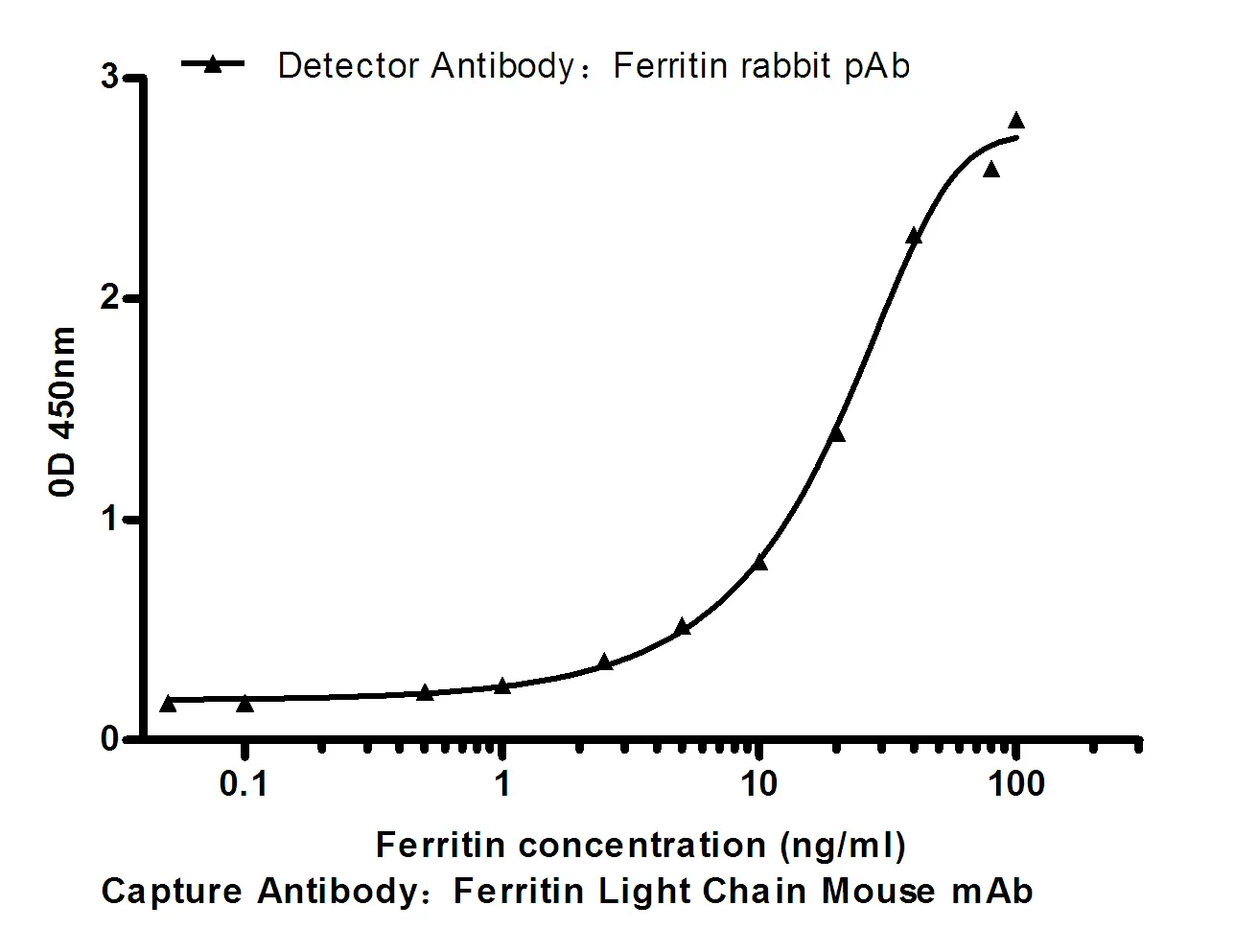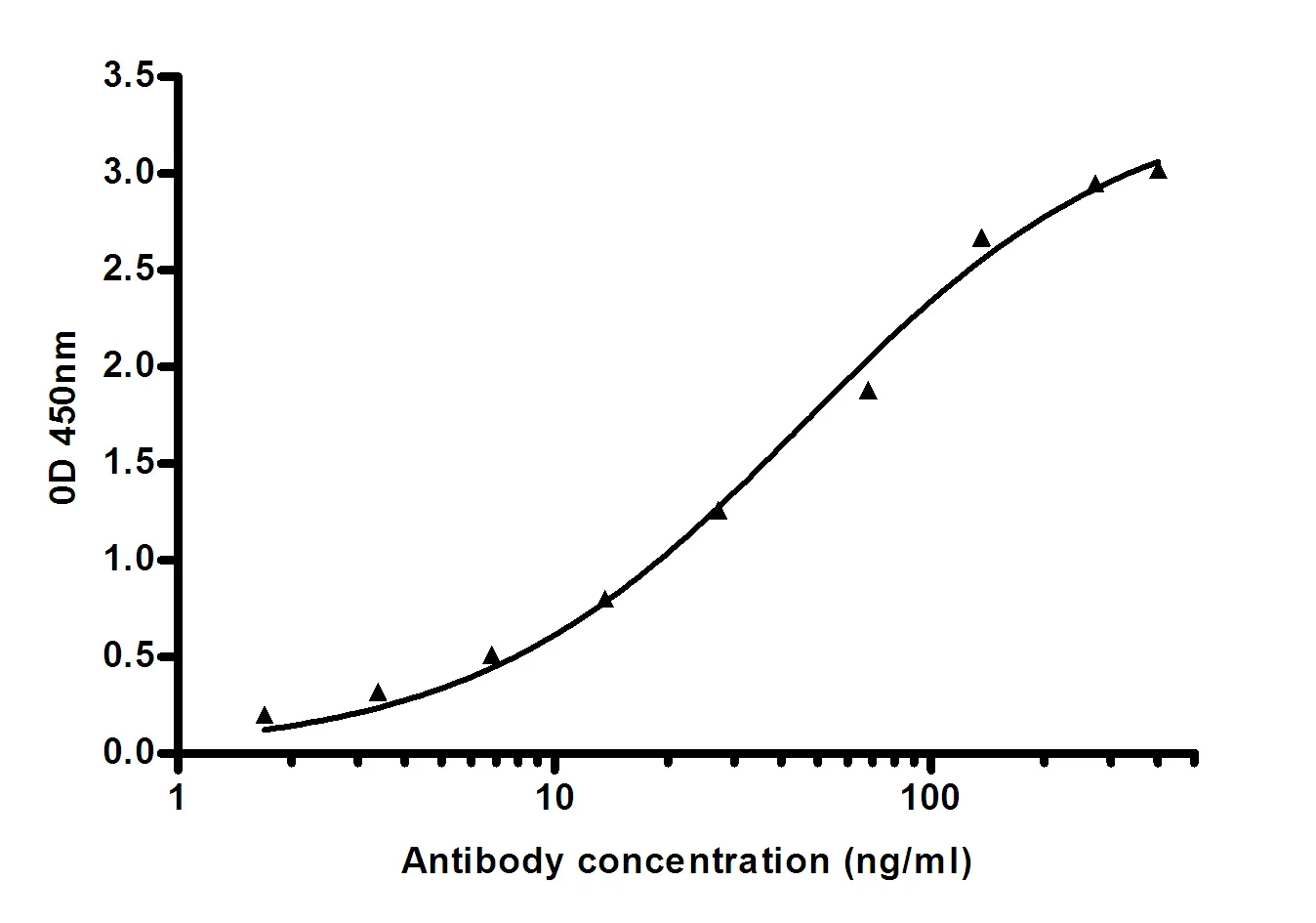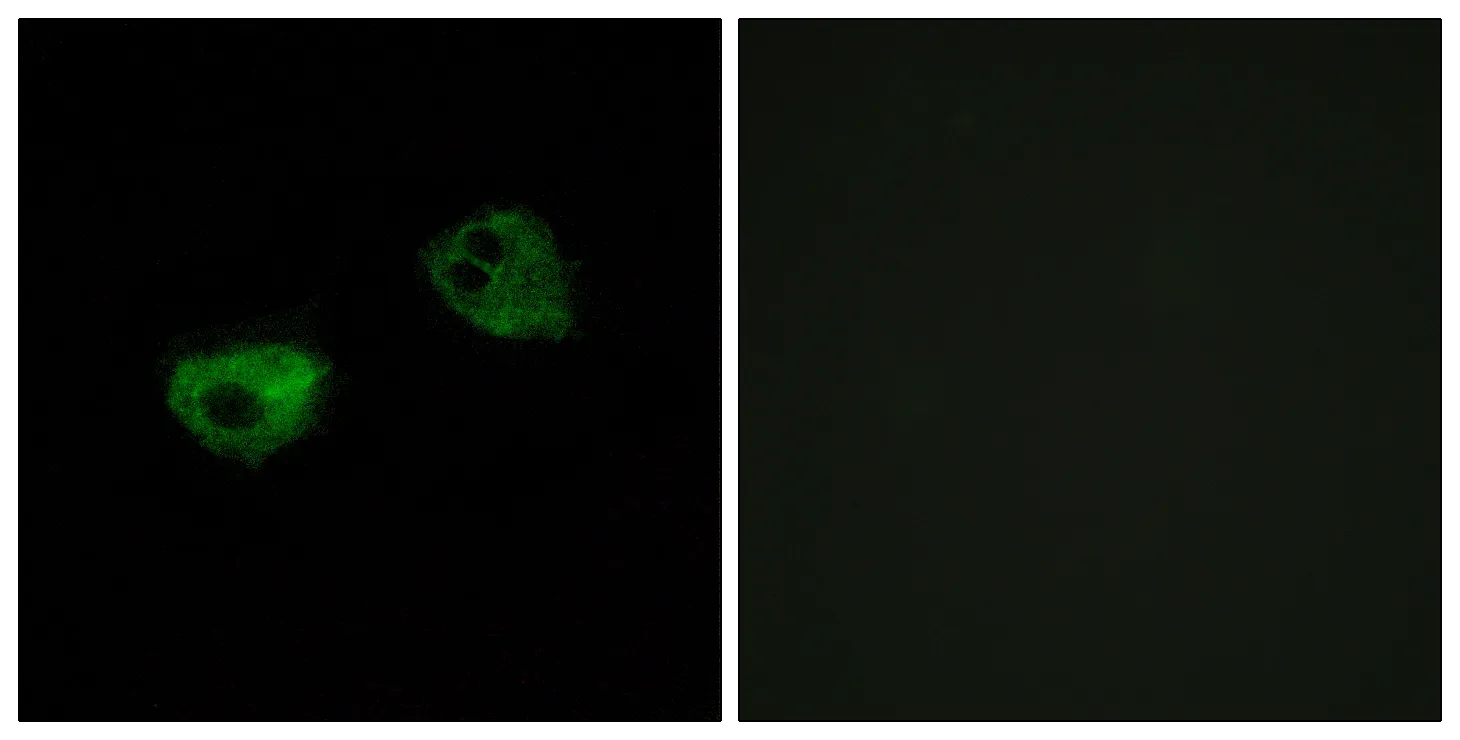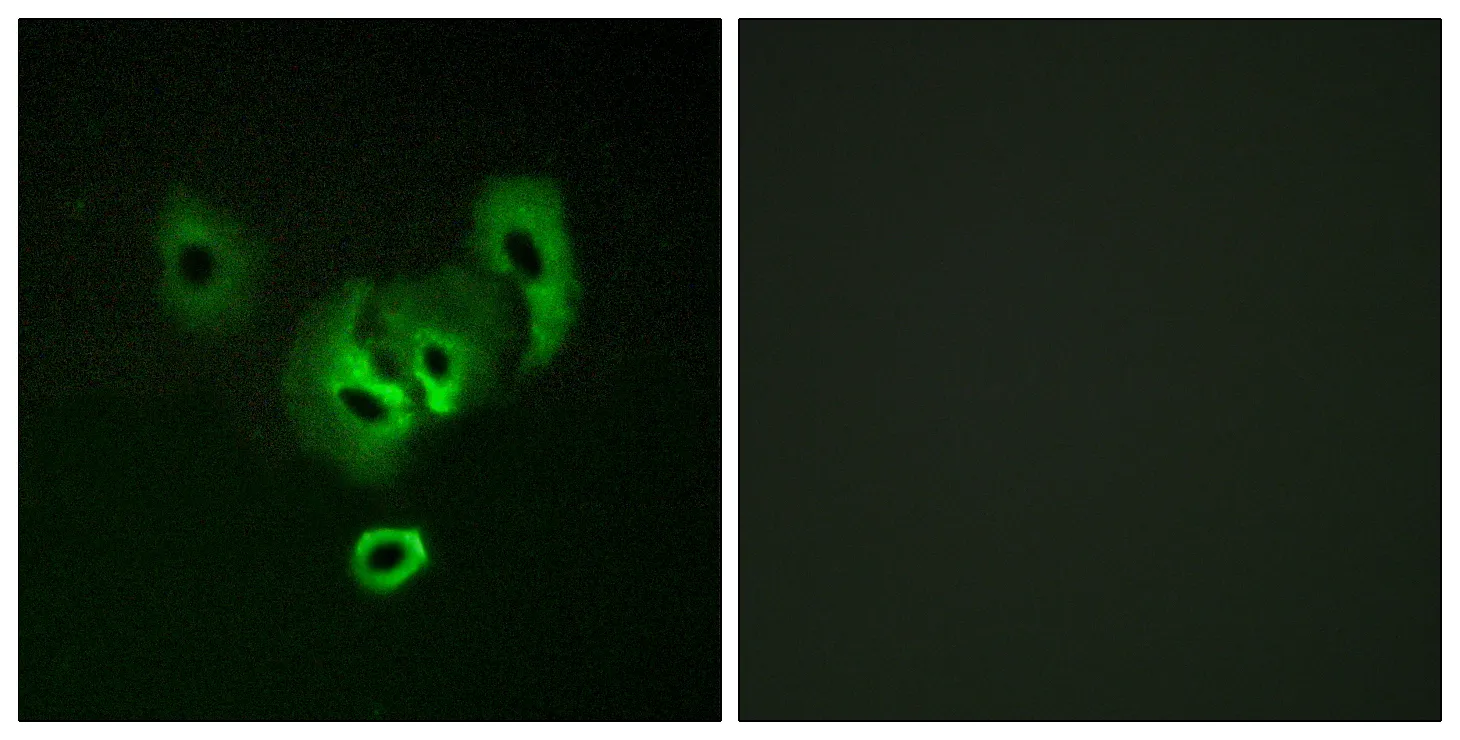Summary
Performance
Immunogen
Application
Background
This gene encodes a member of the lipocalin family of small secretory proteins. Lipocalins are extracellular transport proteins that bind to a variety of hydrophobic ligands. The encoded protein is the primary lipid binding protein in tears and is overproduced in response to multiple stimuli including infection and stress. The encoded protein may be a marker for chromosome aneuploidy as well as an autoantigen in Sjogren's syndrome. Alternatively spliced transcript variants encoding multiple isoforms have been observed for this gene, and two pseudogenes of this gene are also located on the long arm of chromosome 9. [provided by RefSeq, Nov 2011],caution:Could be the product of a pseudogene.,function:Could play a role in taste reception. Could be necessary for the concentration and delivery of sapid molecules in the gustatory system. Can bind various ligands, with chemical structures ranging from lipids and retinoids to the macrocyclic antibiotic rifampicin and even to microbial siderophores. Exhibits an extremely wide ligand pocket.,function:May bind a variety of ligands including lipids.,similarity:Belongs to the calycin superfamily. Lipocalin family.,subunit:Homodimer (By similarity). Binds to LMBR1L which may mediate its endocytosis.,tissue specificity:Mainly expressed in lachrymal and salivary glands. Also expressed in the prostate.,
Research Area






